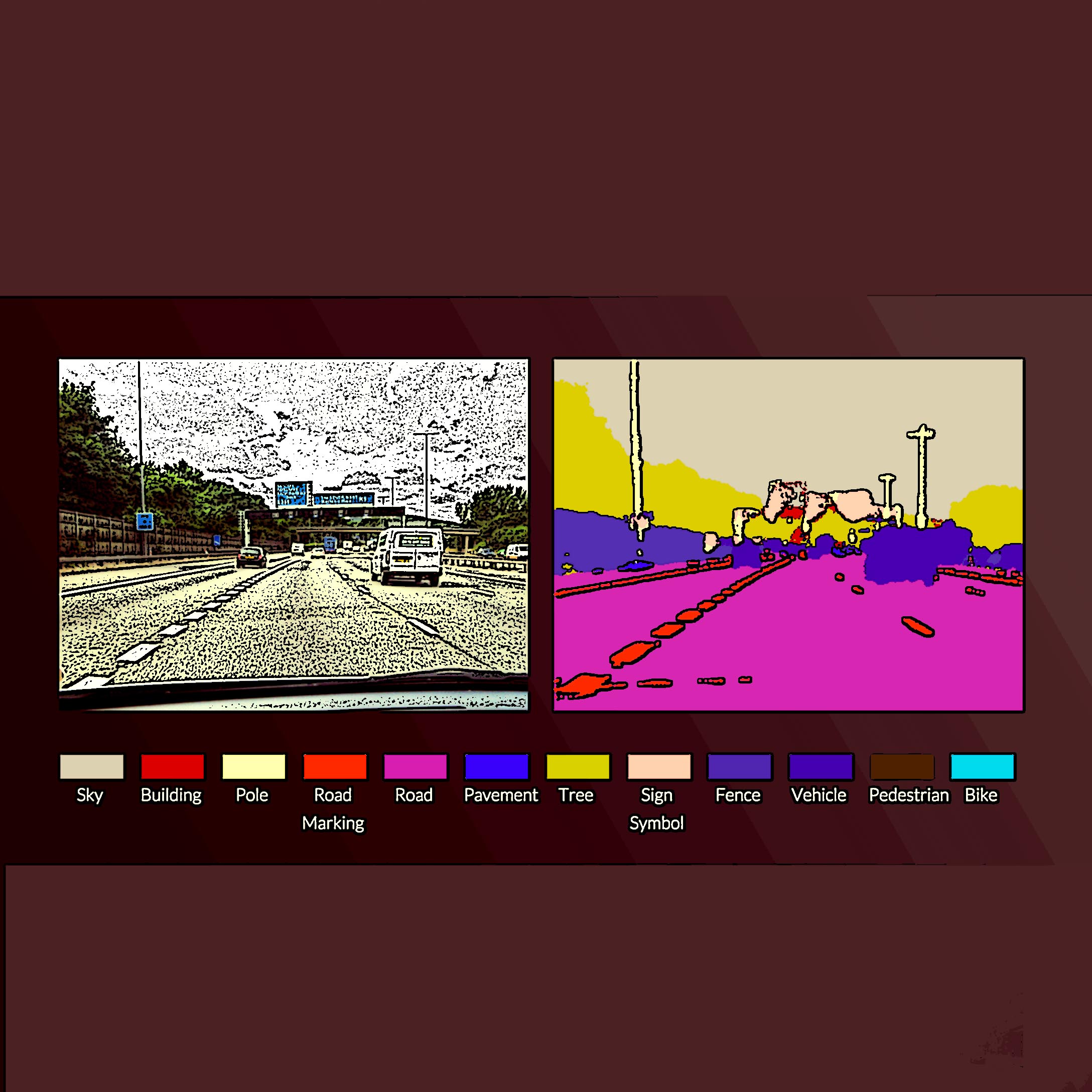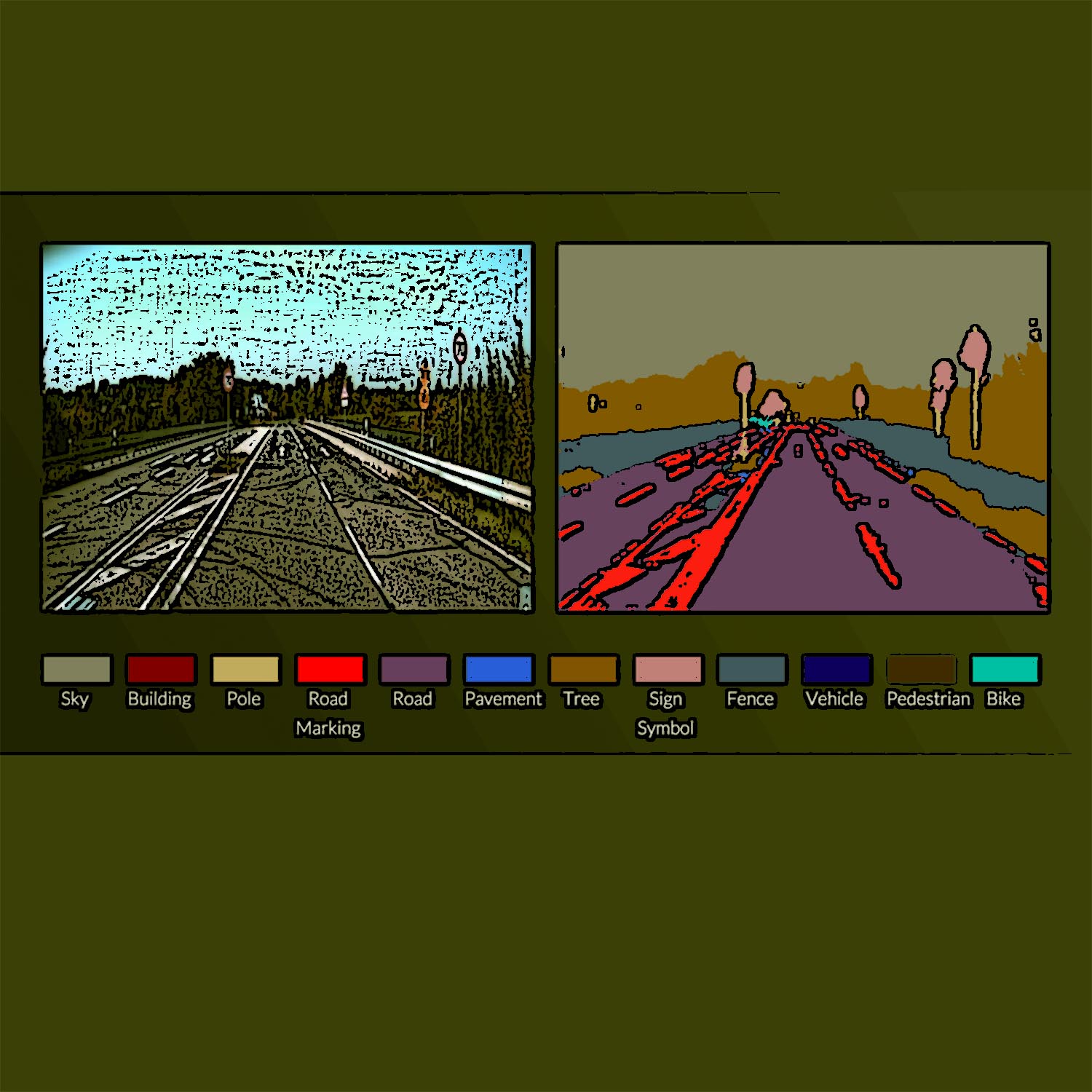
Self-driving systems are all the hype for Google and Silicon Valley right now, and two research studies have revealed how to make a car aware of where it is and what is around it. The studies, out of the University of Cambridge, could bring us closer to building an algorithm that would allow the car to become aware of what it should do based on its location and surroundings.

Using a GPS Would Be Unreliable for a Self-Driving Car
These studies tried to eliminate the use for a GPS. Often times, it’s slow, inaccurate and it can come to a point where it is just out of range. The study devises a system that uses computer vision to supply autonomous cars with their location and show them their surroundings. It uses a single color image so the computer is able to determine where it is exactly. This would be more accurate than any existing GPS. The system would use geometry to determine on which side of a road or a building the car is in.
SegNet Introduces a Car to its Surroundings
The second study discusses a new system called SegNet, and it answers the question to what is around the car. The algorithm analyzes the images of a scene if has never seen before. It color codes objects to identify them as roads, street signs, buildings, pedestrians, cyclists and all other road components. What’s more, it doesn’t use pricey equipment like LIDAR or radar to get its fix, and it can use any image from a smartphone or camera in real-time.
Google’s Self-Driving Car Could Use SegNet
SegNet was taught to recognize these objects by the team at the University of Cambridge by labeling every pixel in 5,000 pictures. Each image took around 30 minutes for SegNet to process. Afterward, the system was taught to identify objects in a controlled environment before going out to the real world. This is akin to learning by repetition, which is something we commonly experience as humans. Except SegNet went through this process a few thousand times.
SegNet is Available Online
The second system is already live on the net for those who are curious about it. They can upload their own pictures and watch computer vision in action. There’s no telling if car makers will actually want to implement this kind of system onto their vehicles, but this could be seriously handy. While not as expensive or sophisticated as other systems currently in development, it is functional. One day, we could see a system like this on the Google self-driving car, which is arduously being taught about its surroundings.
Facebook is Another Company that Could Get Its Hands on this System
A likely investor in a project like this is Facebook. It has made a hefty investment in enabling its platform to be used by the blind, and something like SegNet, while unrelated to automobiles or self-driving cars, could be a great tool. Computer vision is still taking baby steps into the world of modern technology, but it will likely be well received.

Silicon Valley Could Use Computer Vision
There are many companies in Silicon Valley, big and small, that are probably developing their own computer vision systems. Nevertheless, an established system like this has a lot of promise. Whether or not it can work as a base for other more advanced forms of computer vision, it can be a great stepping stone.
It could also be a great tool for up and coming developers that want to see algorithms work in real time. There’s a long way to go before this kind of system reaches the heights of a Google self-driving car or even a Ford or Volvo one, but it’s on a great track. The team behind these systems will likely release more studies with more detailed and advanced algorithms. Until then, it’s still a pretty good day for self-driving systems.

















